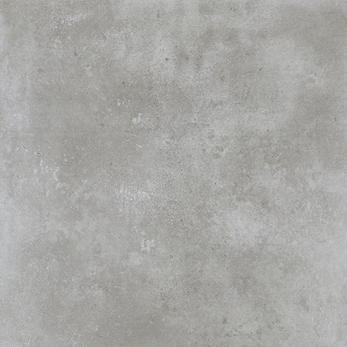
Water is flying everywhere in both rooms, all kinds of soaps and chemicals are spilling on the floor, and both get their share of various stains and scrapes on the flooring. Your kitchen and bathrooms take a beating. So, when faced with having to put in a new kitchen or bathroom floor you might have narrowed your replacement materials down to either ceramic or vinyl tile. Here are some advantages and disadvantages to both materials that should give you some direction in your decision making.
Ceramic tile and vinyl plank are different, always will be. While the twain shall never meet, the gap between the two is getting narrower all the time. In most rooms of the house, vinyl and laminate flooring are close contenders. But in the context of the kitchen and the bathroom, laminate falls to the wayside and tile steps in. For one, vinyl and tile share qualities (such as superb water-resistance) that other coverings such as wood and laminate sorely lack.
Winner: Vinyl plank
Installation is the linchpin that controls cost and time-frame.
Premium porcelain tile cannot be dry-installed. It always requires mortar and grout. No one has yet invented a self-stick mortar-less mat for flooring. Tile cutting can be difficult for do-it-yourselfers, as the cleanest cuts are produced with wet tile saws, not cheap snap cutters.
Vinyl plank is nearly always dry-installed. One exception is with some types of luxury vinyl tile that look like stone, which allow for grouting as an option for a more realistic look. Vinyl is easily cut by scoring it with a utility knife and snapping it off.
Winner: Comparable
Once you have bought the product, how easily can you get it home? Both products lend themselves to easy transport in cars, pickups not required. On a square-foot by square-foot basis, tile is far heavier than plank vinyl, especially when you add in the additional required layers of thinset, cement board, and grout.

Winner: Tile
Sure, you can find ugly ceramic tile. Bad tile abounds. Putting the worst ceramic tile against the highest-quality luxury vinyl plank is no contest: plank wins out. But in an apples-to-apples comparison, taking one of the best-quality plank brands vs. the best porcelain tile, tile wins out.
Largely, this is because of the limited number of quality plank brands, whereas there is no shortage of premium porcelain brands, not just from established ceramic tile companies but from myriad artisan tile makers around the world. Simply put, high-end tile can often be the unique vision of an artist. High-end plank is still a group-think product from a corporation.
Winner: Vinyl plank
I estimate that, in a 120 sq. ft. flooring installation, you can lay down an entire vinyl plank floor in 3 hours, not including toilet removal and re-installation. With ceramic tile, by the end of the 3rd hour, you would have finished screwing down the cement boards. If cement board is not needed, you would likely have finished laying down a few rows in the thinset. Remaining: the rest of the rows, plus a day or two to let everything solidify before grouting.
But “Get The Thing Done” is about more than speed of installation. It’s about removing obstacles to starting the installation, and with that, vinyl plank is superior. Unlike tile, plank requires no mixing, no water, no bucket clean-up, no cutting with a wet tile saw, no tile spacers. It’s an easy in, easy out process.
You shouldn’t ever use vinyl or resilient tiles in a wet environment, like showers and tubs. Also, avoid using vinyl in exterior applications which require hard tile.
Seams are more the issue. With both, if seaming is done right, water will not infiltrate. But which flooring provides better conditions for the DIYer to get the seams right?
Plank seams can be tricky, and if you leave a gap, that gap is always there. With tile, all seams are filled with grout and are sealed. While you can poorly grout and seal a tile floor, it’s always possible to go back and fix it. A gapped plank vinyl floor cannot be un-gapped except by re-installing the entire floor.
Winner: Tile
Call it prejudice or call it sound reasoning, but home buyers still tend to value an expertly installed quality tile floor over plank vinyl. Tile imparts a greater feeling of permanence and solidity than vinyl. Consider this: a roomful of floating vinyl plank can be taken up in minutes by hand; tile requires hours of laborious chipping. Plank’s ease of removal means that you can change it out at a whim, as long as you’re willing to spend the money. Tile is a decision you dwell long and hard on, and then make the irreversible leap.
A house with high quality tile used as kitchen & bathroom flooring will be one factor that contributes to a home’s greater resale value.
Tile: This refers to either ceramic or porcelain tile, a clay product fired in ovens until it is rock-hard. Tile often will mimic the look of stone, but a recent innovation is tile that looks surprisingly like wood.
Vinyl Plank: Vinyl (resilient) has long been available in squares or large sheets, but recently plank vinyl flooring has been making its way into homes. Usually taking on the look of wood or stone, vinyl plank is long and narrow–48″ x 6″ is one popular size.
Ceramic/porcelain tile will always be thicker than comparable vinyl planks; it’s just the nature of the material.
Copyright © 2021 Guangzhou Weyes Network Technology Co., Ltd. | All Rights Reserved